German helmets that had been buried for nearly 100 years were found in 2011. The haul was found and dug up in France after a young man read letters that were from a WWI soldier. The French soldier was writing about a dump full of equipment from German PoWs. No one knows why they were buried like this but thankfully being free from oxygen they are remarkably well preserved. A collector had posted these images up over at warrelics.eu
He found gas masks, canisters, helmets and flasks all in amazing condition with the helmets still covered in camouflage paint. The digger who found them has apparently enraged many by selling them instead of donating them to a museum.
The Stahlhelm was introduced into regular service during the Verdun campaign in early 1916. Unfortunately the First World War is almost forgotten in Germany – it is almost entirely overshadowed by the Second World War, plus it was a war that Germany lost and paid heavily for that loss.
When trench warfare began, the number of casualties on all sides suffering from severe head wounds (more often caused by shrapnel than by gunfire) increased dramatically. The French were the first to see a need for more protection — in late 1915 they began to issue Adrian helmets to their troops. The British troops followed with the Brodie helmet. And later the Germans.
The man responsible for the design of the German Stahlhelm was Dr. Friedrich Schwerd of the Technical Institute of Hannover. In early 1915, Schwerd completed a study of head wounds that were the result of the trench warfare and submitted a recommendation for steel helmets. He was ordered to Berlin shortly thereafter. Schwerd then undertook the job designing and producing a suitable helmet steel. In some respects, it was an advantage for Germany to have a chance to test both the English and the French types before making conclusive decisions of its own, judging that both designs were far from adequate.
The design of the completed helmet included three sections: the dome, the visor and the neck guard. The dome was the main head covering and was cylindrical in shape and somewhat flat on top. The visor extended out to provide shade and protect the soldier against bad weather. It also acted as an open shielded against fragments. The neck guard flared out below the brim, which provided more protection around the neck and ear area.
The basic helmet shell is formed from one steel disk, and went through at least nine stamping stages before it reached its final shape. The complete M-16 weighed 2 pounds and six ounces (1.08 kg). The color was field green, and the metal was composed of manganese, nickel, silicon, and carbon steel, which was often referred to as nickel steel. Its thickness was between .40 and 0.45 inches (1-1.15 cm), and it is believed to have been pressed hot on electrically heated dies and later dipped into a mixture of japan for the antirust finish. As a result the Stahlhelm had a greater unit cost than the British helmet, which could be formed in one piece.
Helmets were referred to as “shells” when they were empty of any liners and straps. The M-16 shell was manufactured in six sizes: 60, 62, 64, 66, 68 and 70. The sizes were engraved on the inside of all of the shells, and manufacturer’s identification could be found along with it. The inscription was on the left side of the skirt. There were eight factories involved in the manufacturing, therefore, eight different code letters. The head size was never marked in the shell, only the bowl size. It was the metal liner that offered the correct head sizes.
Check out the pictures below.
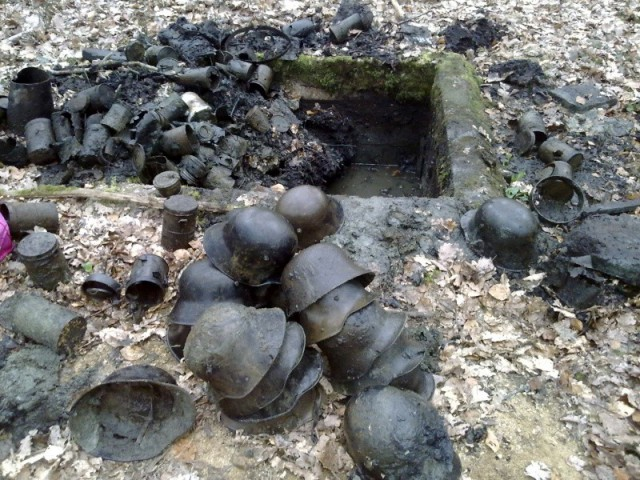
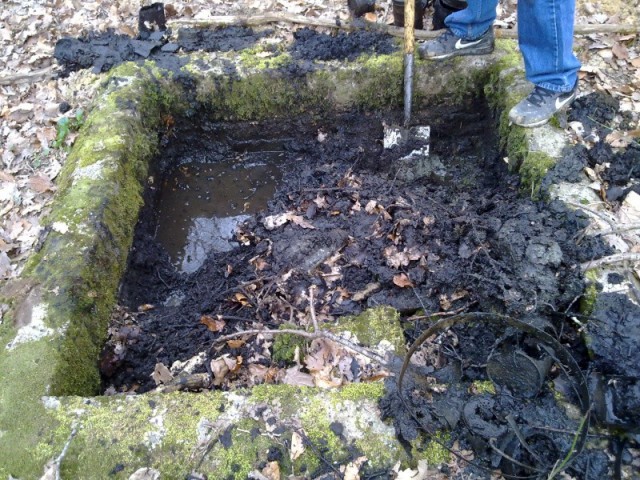
The chin strap. All M-16 helmets were equipped with one style of chin strap. The strap was the same type found on the leather spike helmets. It consisted of a strip of leather looped around the two slide buckles and connected to each end by means of attaching “eyes”. These were fastened to the inner side of the neck guard to specially mounted lug bolts. Since the straps were detachable, many were lost, and so replacements were commonly provided.
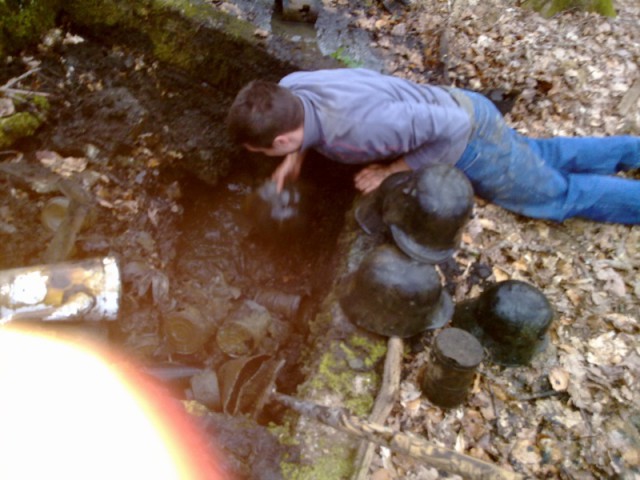
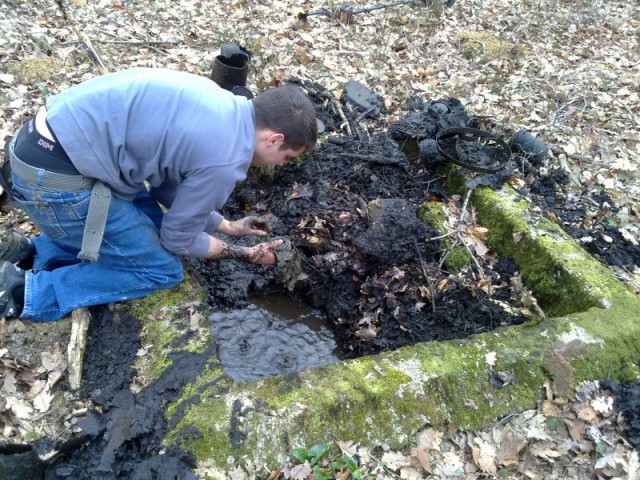
The lining. The lining inside the M-16 helmet offered a cushion and the glove-tight fit necessary for wearing steel headgear. This consisted of a mounting band of leather or steel that ran the length of the inner wall of the shell. In addition to the comfort and the safety designed into the M-16 liner was the ease of changing the fitting. If the soldier felt that the supporting cushions were too hard or thick, he was at liberty to remove some of the stuffing to whatever degree he pleased.
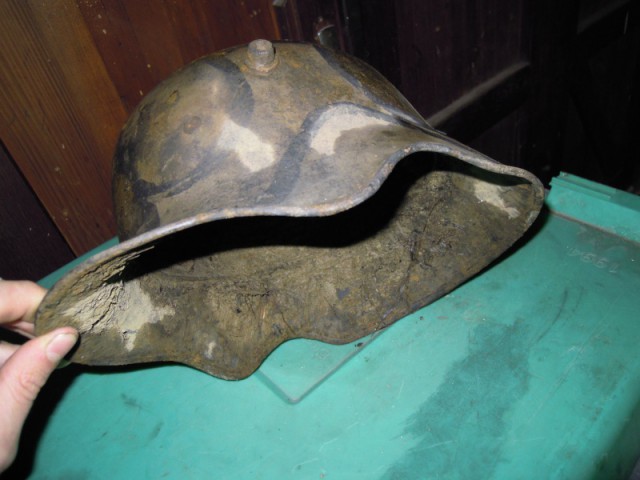
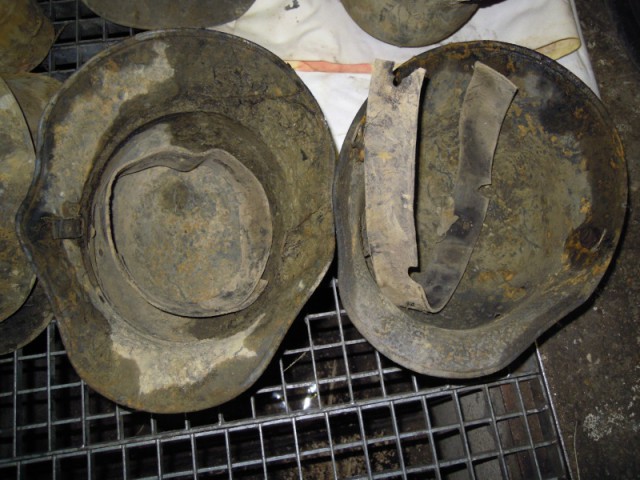
Side lugs. No other feature is as recognizable on the M-16 as the side lugs.
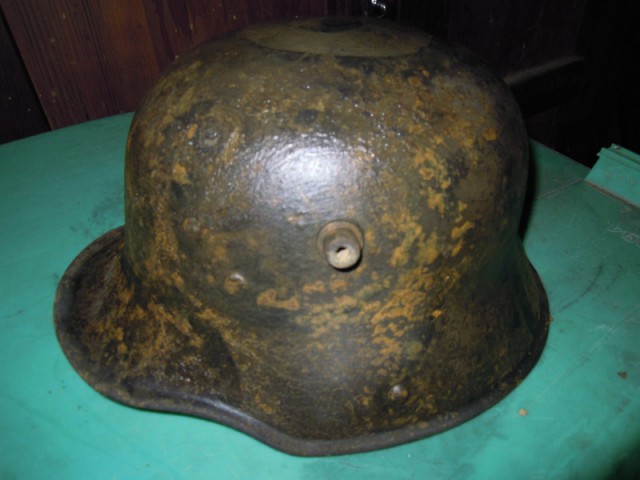
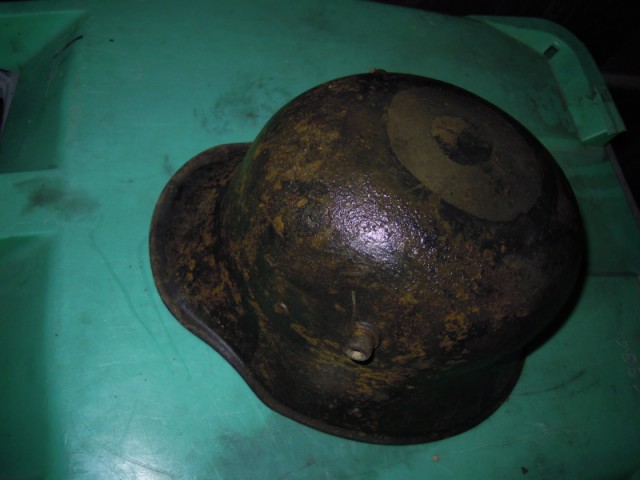
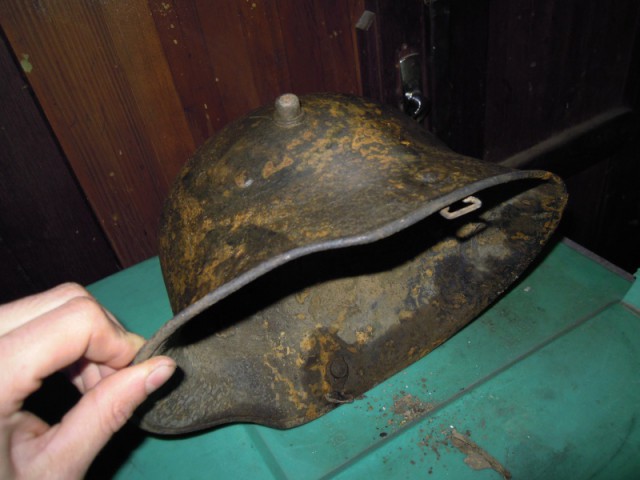
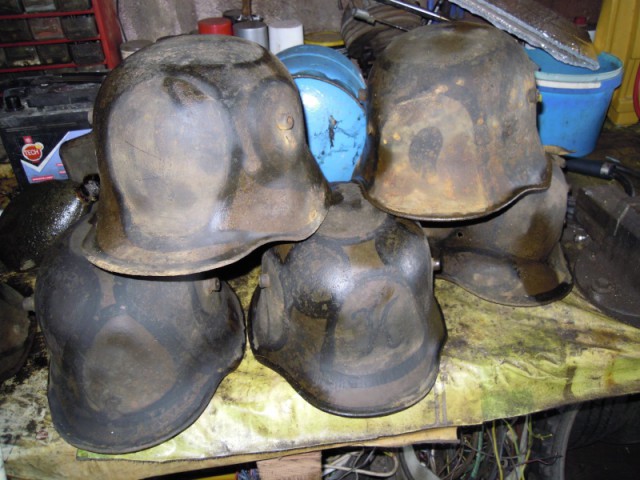
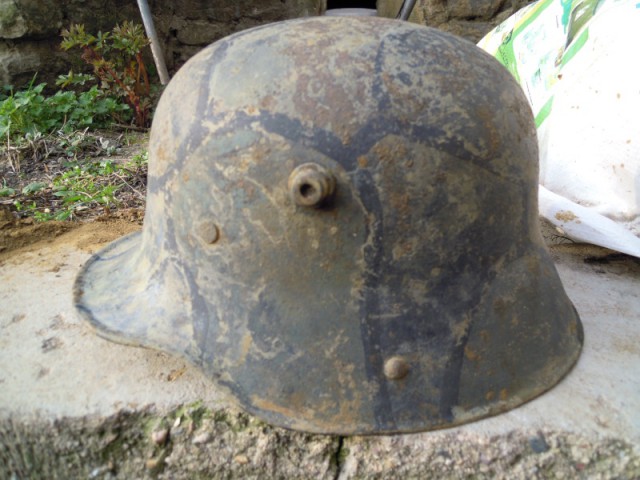
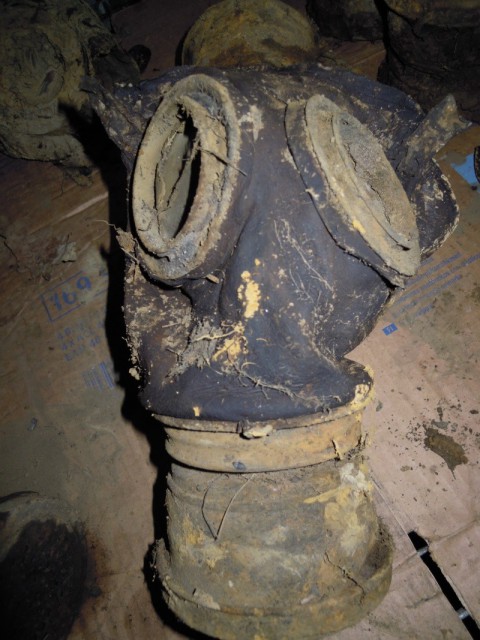
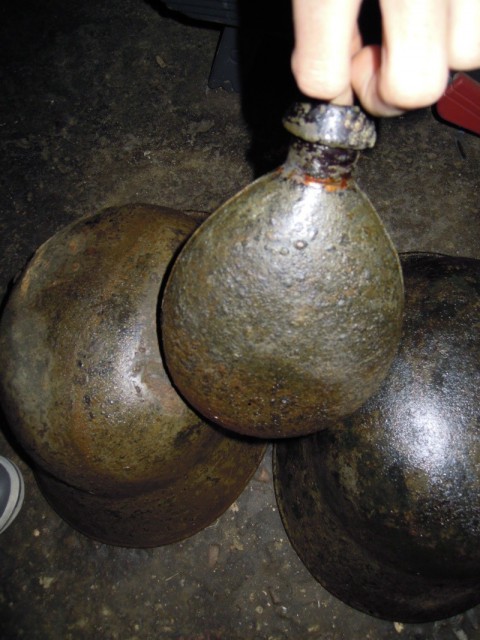
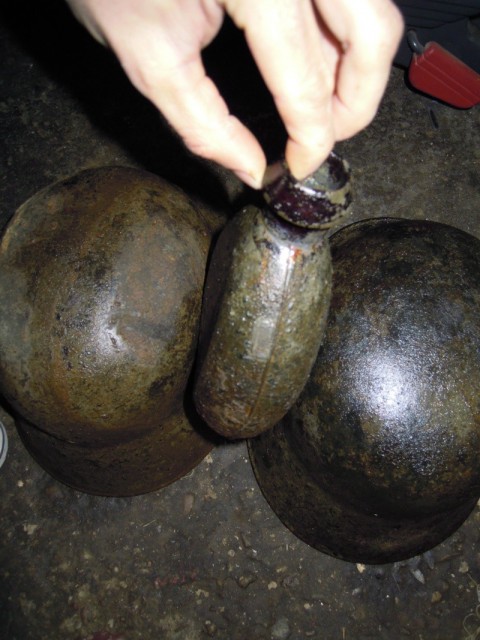
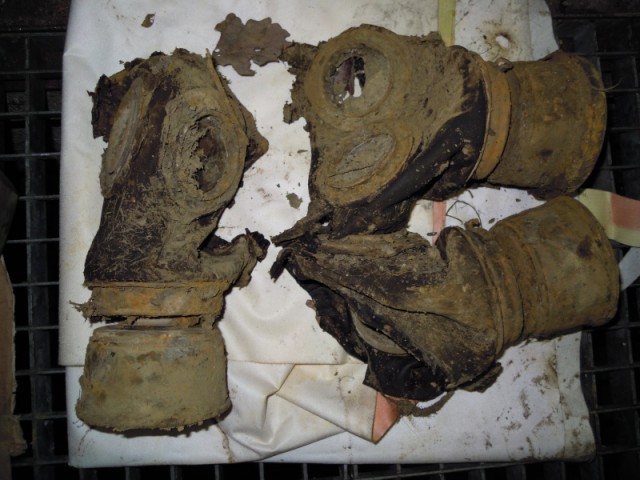

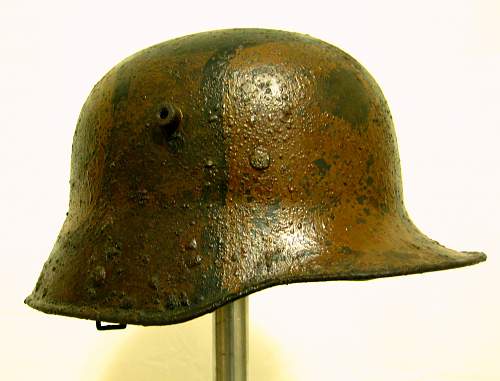
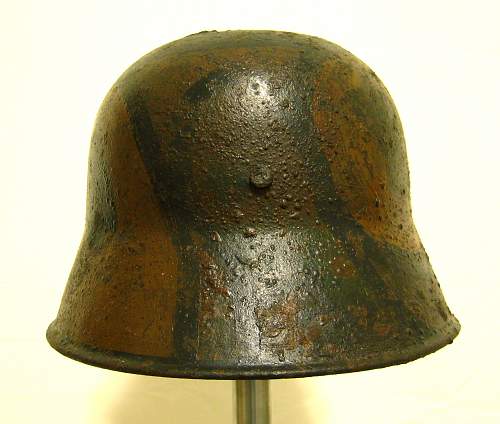

A big thank you to Rare Historical Photos and you just never know what is still be found and forever associated with WWI, the stahlhelm influence can still be seen today and enjoyed surprisingly long use in Latin America after WWII. And you even see the design in use today with the USA army.